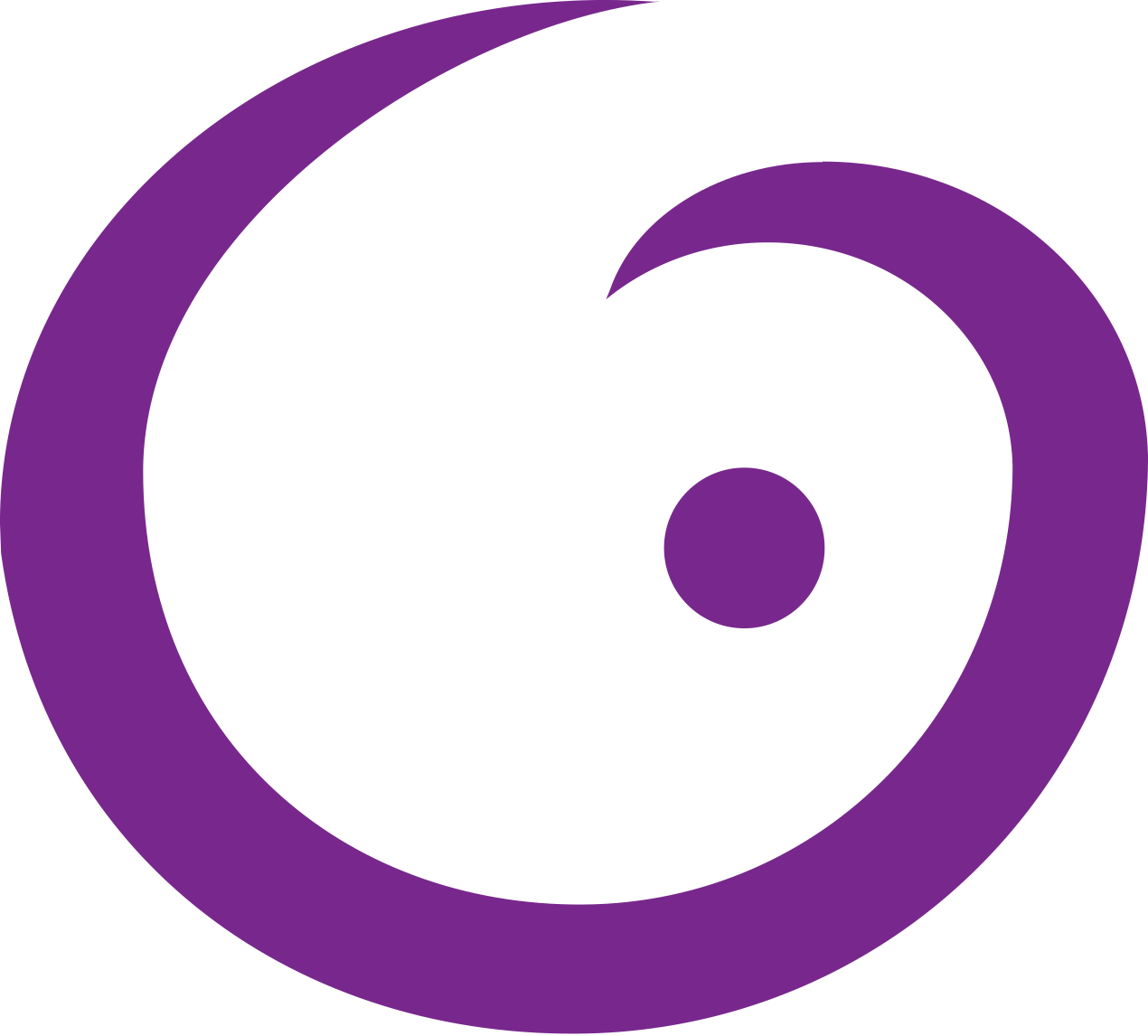Laser Therapy
What is Laser Therapy?
Low-Intensity Laser Therapy or LILT is a technology that uses superluminous and laser diodes to treat diseased or traumatized tissue with photons. These particles of energy are selectively absorbed by the cell membrane and intracellular molecules, initiating a cascade of complex physiological reactions, leading to the restoration of normal cell structure and function. In the short term, laser therapy helps control the sensation of pain, combat the stress associated with the trauma or the disease process. Over the long term, it improves cellular metabolism, substantially increases DNA (deoxyribonucleic acid) production (the protein building block of tissue) and increases cell replication for the replacement, regeneration and repair of abnormal cells. The process results in the elimination of symptoms, including pain, and stimulates the body’s immune system response, facilitating natural healing. At the Clarkson Medical Arts Centre, we use the Bioflex Low-Intensity Laser Therapy machine.
History of Laser Therapy
Albert Einstein is often credited for the development of Laser Theory. He used the term “stimulated emission” in his theory Zur Quantum Theories der Strahlung which was published in 1916. The healing effects of the laser were not discovered until over 50 years later. A few years after the first working laser was invented in 1967, Endre Mester at the Semmelweis University in Budapest, Hungary, performed tests on mice. In his experiments, he shaved the hair off the backs of mice and divided the subjects into two groups. He exposed one group to laser treatment using a low-power laser while the control group received no laser therapy. The mice who received laser therapy experienced much faster hair regrowth than the control group. Thus, photo-biostimulation (activation of the cell by light) was discovered. Low power lasers became accessible for the treatment of pain in the late 1970’s and have been widely utilized around the globe by health practioners in a variety of settings. These early lasers were only slightly more powerful than modern keychain-sized laser pointers (about 5 milliWatts (mW)) that can be purchased for a few dollars at any office supply store.
Commonly Treated Conditions
Accident Treatment
Arthritis
Carpal Tunnel Syndrome
Dermatological Conditions
Disc Herniation
Fractures
Gout
Ligament/Tendon/Muscle Tears
Multiple Sclerosis
Muscle & Joint Pain
Musculoskeletal Conditions
Plantar Fasciitis
Rotator Cuff Injuries
Sciatica
Sports Injuries
Wound Healing
Benefits of Laser Therapy
It may be administered alongside clinical treatments without causing dangerous side-effects
Leads to the restoration of normal cell structure and function
Improves cellular reproduction
Helps eliminate pain
Faster recovery times
Reduces inflammation
Reduces stress symptoms
Laser Therapy at Clarkson Medical Arts
Each laser therapy protocol is unique and individualized.
We will work with you to create a schedule that meets the laser protocol set out for your area of complaint.
Fees vary based on duration of the laser session.
Please contact our office in order to get an estimate for your laser protocol!


